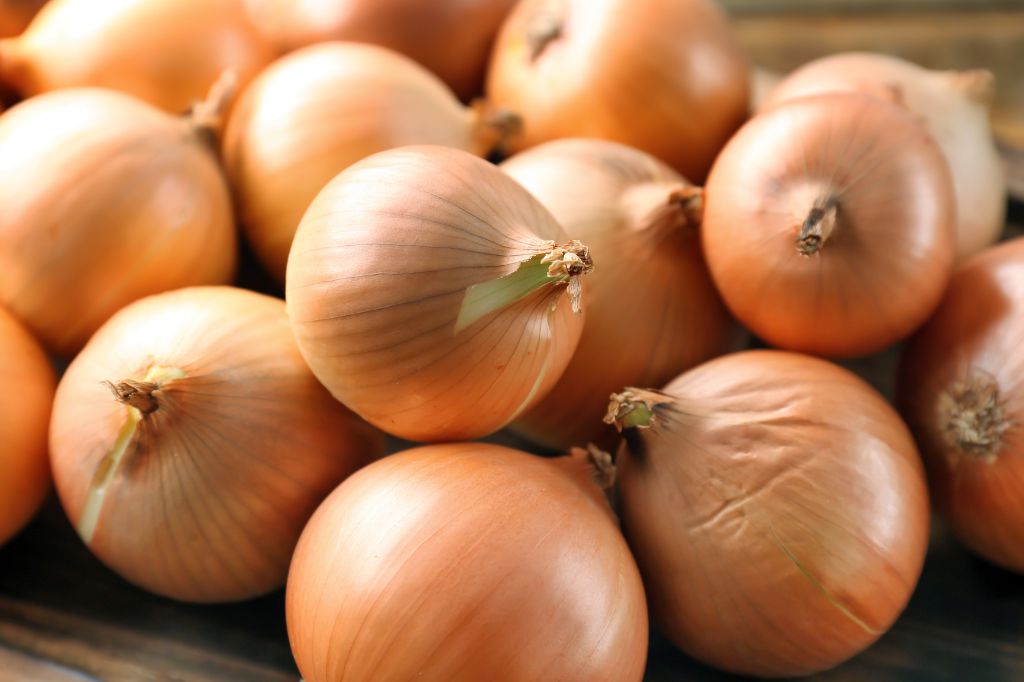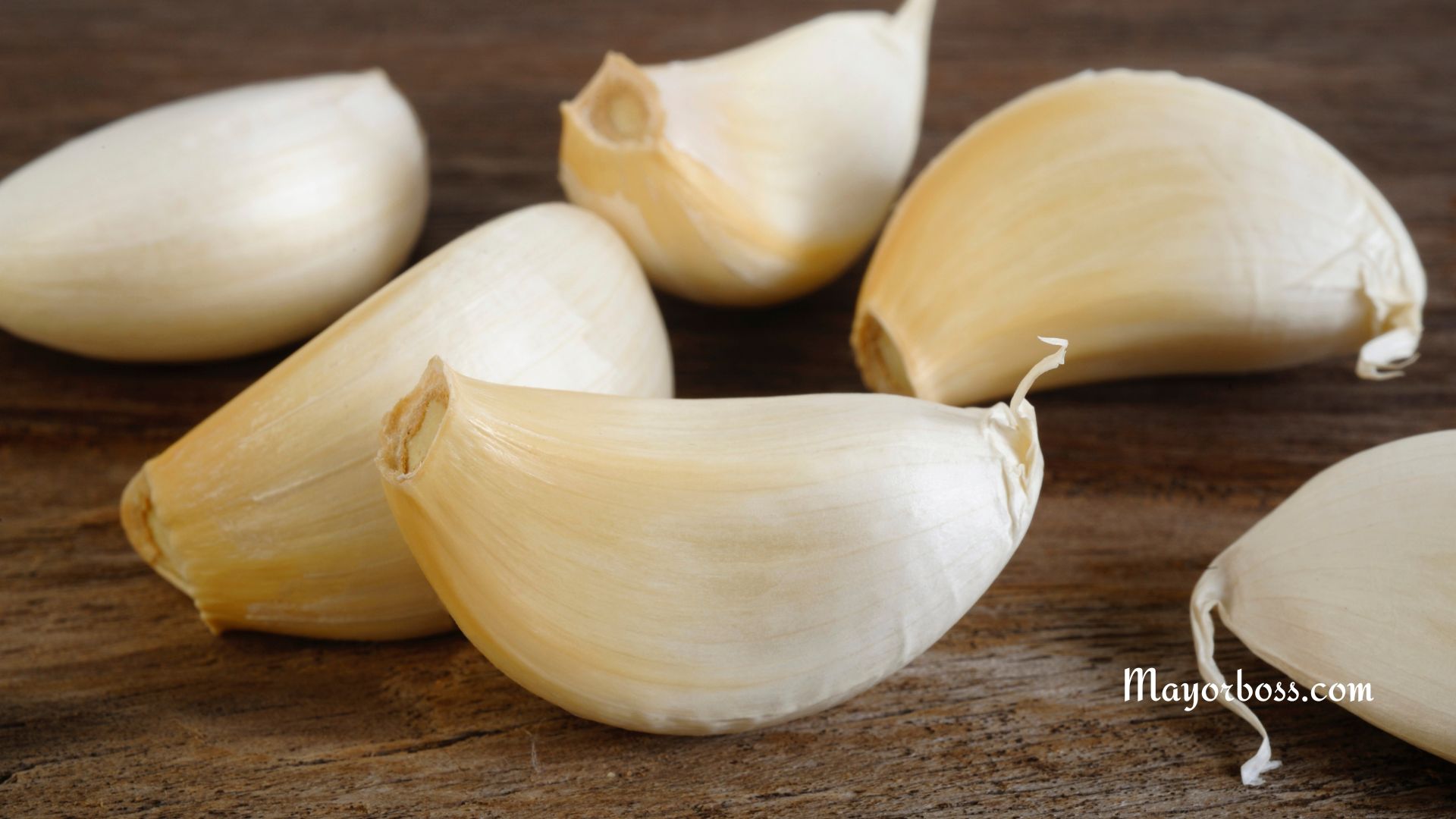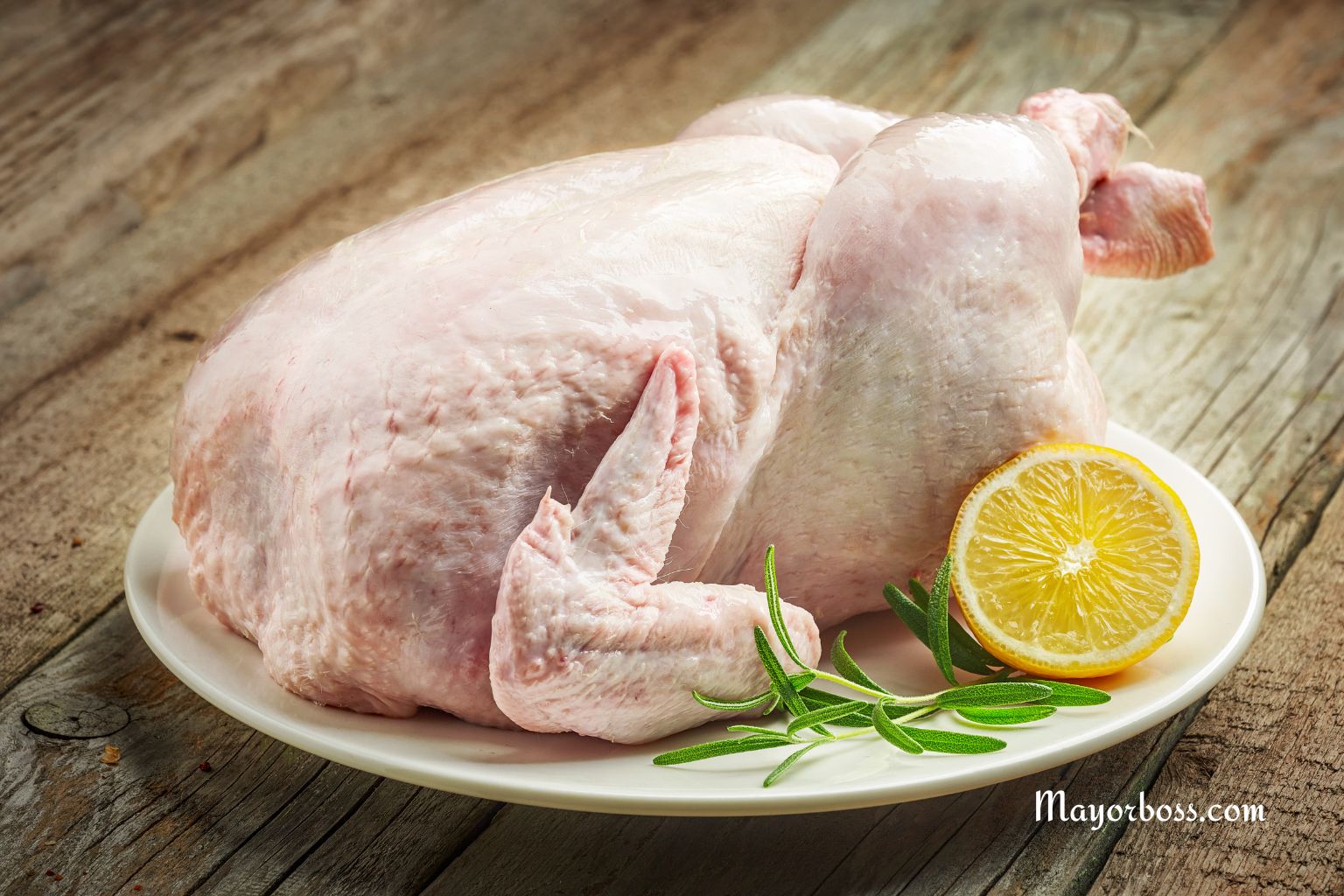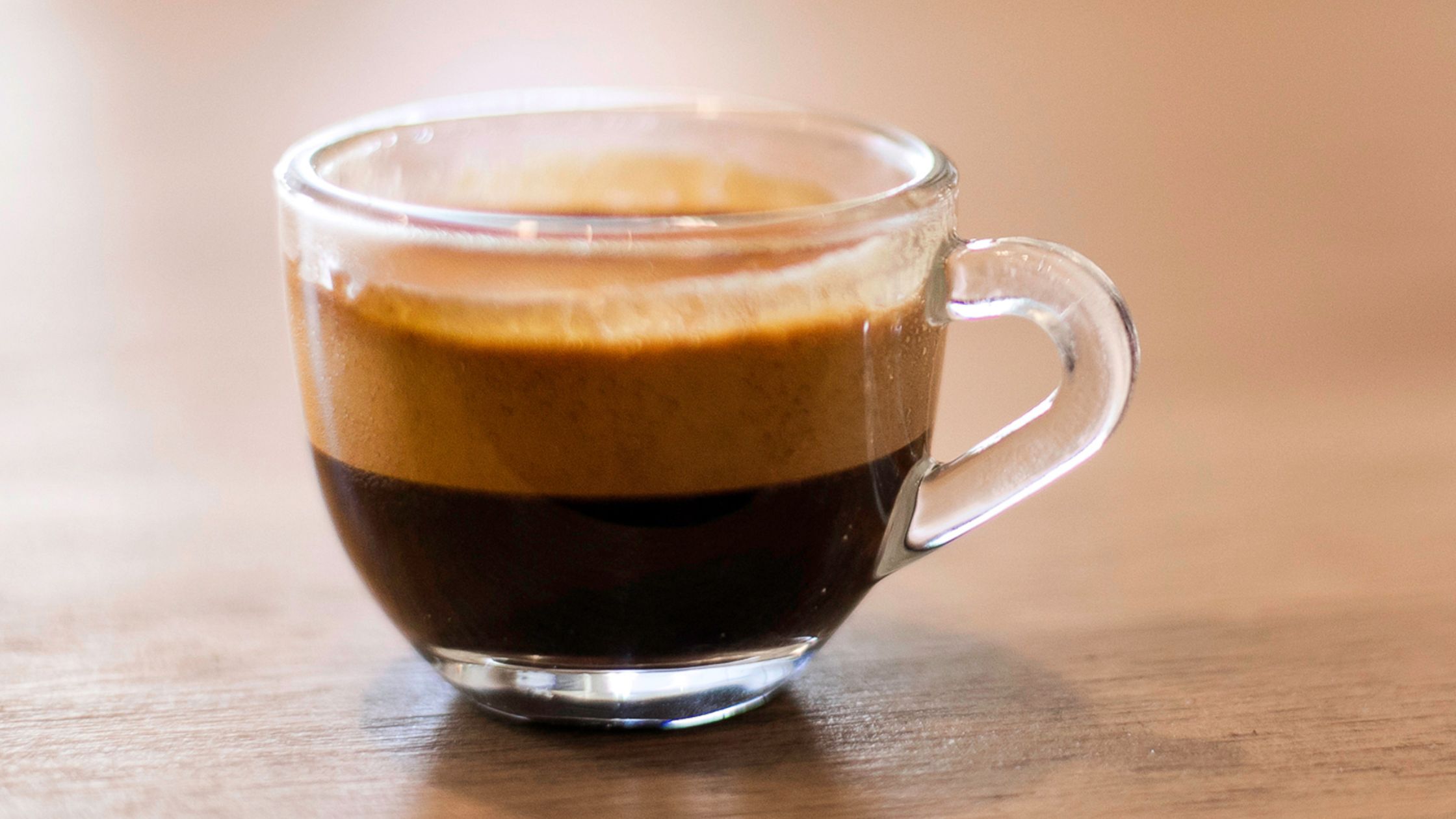How Many Calories Are in a Teaspoon of Peanut Butter?
Peanut butter is a versatile and delectable spread that people of all ages adore. It’s a pantry staple, but its luscious flavor and gratifying consistency make it easy to go overboard. If you’re keeping an eye on your calorie intake, it’s crucial to know the number of calories in a single teaspoon of peanut butter.
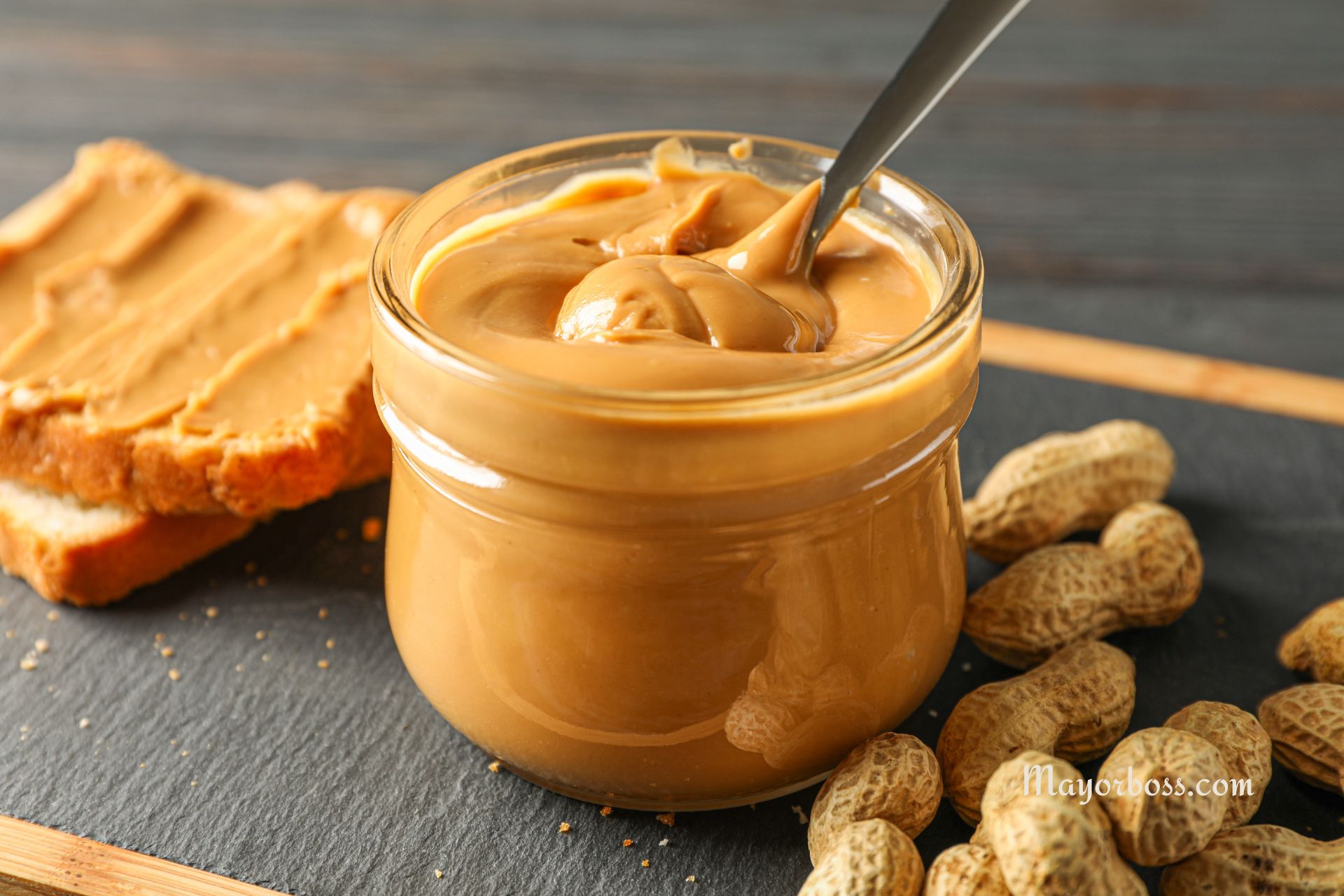
Calories and Nutrition in Peanut Butter
Peanut butter packs a nutritional punch, but it’s also relatively high in calories. Here’s the breakdown:
- Calories: A single teaspoon of peanut butter contains approximately 90-100 calories.
- Fat: The majority of calories in peanut butter come from fat. However, most of the fat is the healthy kind – monounsaturated and polyunsaturated fats – which can benefit heart health.
- Protein: Peanut butter is a good source of protein, offering about 3-4 grams per teaspoon. This protein helps to keep you feeling full and satisfied.
- Other nutrients: Peanut butter also contains essential vitamins and minerals like vitamin E, niacin (vitamin B3), and magnesium.
Is Peanut Butter Healthy?
Peanut butter can be a nourishing portion of a balanced diet, but like any calorie-dense food, moderation is key. Here are some things to keep in mind:
- Benefits: Peanut butter’s protein, healthy fats, and fiber can make it a satisfying and nutritious snack. When combined with other healthy foods (like whole-wheat bread or fruit), it can promote feelings of fullness and support balanced blood sugar levels.
- Drawbacks: Some brands of peanut butter contain added sugars and unhealthy oils like hydrogenated vegetable oils. Always check the ingredient list and choose natural peanut butter when possible.
Factors Affecting Calorie Count
The exact number of calories in a teaspoon of peanut butter can vary depending on several factors:
- Type of peanut butter: Unsweetened, natural peanut butter tends to have the same calorie count as regular varieties. However, peanut butter with added sugar or ingredients will be higher in calories.
- Brand: Different brands of peanut butter have slightly varying recipes, even those that seem similar. For the most accurate calorie count, check the nutrition label.
- Serving size: It’s essential to measure your portions carefully. Remember, even a little extra can add up to more calories over time.
How to Incorporate Peanut Butter into Your Diet
To enjoy the advantages of peanut butter without going overboard on calories, try these tips:
- Portion control: Stick to the recommended serving size of 2 tablespoons. Don’t eat from the jar!
- Choose natural varieties: Look for peanut butter with only peanuts and maybe a bit of salt as its ingredients.
- Enjoy it with other healthy foods: Pair peanut butter with fruits, vegetables, or whole-wheat bread for a balanced snack.
Frequently Asked Questions
1. Does creamy or crunchy peanut butter have more calories?
Creamy and crunchy peanut butter usually have very similar calorie counts. Check the nutrition facts label for exact information.
2. Are there low-calorie peanut butter options?
Some brands offer “powdered” peanut butter with the fat removed. While much lower in calories, these also lose out on peanut butter’s healthy fats and some flavor.
3. Is peanut butter a good source of protein for vegetarians/vegans?
While not a complete protein, peanut butter definitely adds beneficial protein to vegetarian or vegan diets. Pair it with other protein sources throughout the day to ensure you’re getting all the amino acids your body needs.
In Conclusion
Peanut butter can be a nutritious part of your diet when eaten in moderation. Be mindful of serving sizes and ingredient lists, and you’ll reap the benefits of this tasty and satisfying spread!

